International education as a building block in growing India-Australia relations
If Australia is to emerge as the destination of choice for Indian students, its India strategy needs to be rethought. If this were to happen, international education and institutional collaboration would emerge as a critical building blocks in the bilateral space

India-Australia relations that had remained relatively dormant for decades have undergone a massive transformation over the last few years. There are two significant factors behind this: first, the visit of Prime Minister Narendra Modi to Australia in 2014, which elevated the relationship from lukewarm to strategically significant; and second, the belligerent and hegemonic posturing by China that threatened national, regional and global security. Both factors demonstrated the importance of seeing the world with new eyes and thus, protecting national and strategic interests by recognizing that common ground is found not only through shared values and aspirations but especially through shared concerns and threats.
Today, both Canberra and New Delhi accord the highest importance to the upgraded relationship and are jointly committed to strengthening it further.
This shift is not confined to the way the two governments perceive one another. Indeed, it would be fair to say that an extraordinary development in international education is the speed with which Australia has leap-frogged from a relatively unknown higher education destination to among the top three preferred choices for Indian students. The vast majority of students stay on in Australia after completing their studies. As per recent data, Indian migrants are set to become the highest in Australia. Equally exciting is the fact that, with easing of travel restrictions post-pandemic, Australian tourist traffic to India has recorded its highest growth in recent months, overtaking traditional destinations.
Pull of higher education
These are significant soft power influencers in the bilateral space and are largely driven by the new way Australia and India have started to see each other. For Indian students, Australia’s internationally ranked higher education institutions, a high employability quotient and a multicultural environment and immigration policies have been strong pull factors. Indeed, 2022 has already recorded the highest student intake from India for Australian universities.
For Australia, this was great news. According to data, from 2013 to 2019, the income generated from international students rose steadily to a total of A$37.6 billion. The years 2020 and 2021 were particularly devastating years for the education sector, across the globe, both for domestic and international students, with uncertainty, border closures and travel restrictions.
Furthermore, Canberra joined the list of several countries in condemnation of Beijing’s policies, including a decision to restrict the number of new Chinese students on the Australian campus. It bears recalling that Australia-China relations go back decades, so much so that the second most widely spoken language in Australia is Mandarin. China responded sharply and the number of Chinese students in Australian universities started to drop dramatically. This trend is anticipated to continue and would mean that the reliance on revenue from Chinese students would now need to shift.
Seeing the trend from India, it is understandable that Australian universities began to perceive Indian students as the perfect substitute. Several universities developed ‘growth strategies’ to enhance the student inflow from India through aggressive marketing and incentive schemes. Even smaller universities opened offices in India to tap into the student market. KPIs were entirely driven by student recruitment numbers. This is a perfectly understandable response because several Australian universities literally survive on income from international students. Even the local economy depends on them, such as the housing market, local grocery stores, bars, pubs and restaurants. Many shut down during the pandemic because there were no international students.
The above strategy, while appealing to the Australian education sector on perceived revenue gains after two years of financial standstill, is, however, based on a flawed understanding of the Indian market and how they think. The assumption that most Indian students are desperate to come to Australia for education is incorrect; they are coming with the hope that they might migrate. Second, in comparison with competing international education providers, Australian education is grossly overpriced with regard to tuition fees and living expenses. Third, Indian students are being wooed by multiple providers in Europe and North America; Australia is just another player in the game. Fourth, Indian institutions with which Articulation Agreements are signed, whereby a student studies two years in that institution and the remaining two years in an Australian university, are increasingly being perceived by Indian institutions as an unfair and one-way gain for the Australian university. What Indians relate to is relationship building where both sides benefit through a collaborative arrangement. This is absent in the current strategy, which is singularly focused on student numbers. These are hard and uncomfortable facts.
Rethinking India strategy
If Australia is to emerge as the destination of choice for Indian students, its India strategy needs to be rethought. If this were to happen, international education and institutional collaboration would emerge as a critical building blocks in the bilateral space. If it does not, there is the real danger that the gains of Australian universities might well be short-lived and unsustainable.
The rethink is a strategic use of soft power, just as the US has successfully done over the past several decades, making it the number one choice for students from across the globe, including from India. These are high-achieving students, many of whom stayed back and occupy positions of influence in government and elsewhere. This is what Australia would also wish for, so as to gain from India’s growing and aspiring middle class and, more importantly, tap into India’s reservoir of young people. In an era where China’s petulance is expected to only increase, it helps to have like-minded friends and allies, including at a people-to-people level. It is the essence of soft power.
There is nothing wrong, per se, in trying to enhance the student intake from India but it needs to complement an overall strategy aimed at relationship building. This is not difficult to do. Several areas of research excellence in Australian universities are directly related to India’s developmental aspirations, as outlined by Prime Minister Modi, such as water resources, waste utilization, cyber security, renewables and photovoltaics, oncology, AI, Big Data Analytics, optometry, public health, to name a few. What Australian universities need to do is to recognize this and offer to partner. It is what friends do.
It would be strange indeed if both governments see each other as trusted partners and friends and the Australian education system remains mired in a one-way street perspective. A change in mindsets is what creates visionaries.
(The author, a former Indian diplomat, is a Distinguished Fellow of the Australia India Institute and works in international educaiton. Views are personal)




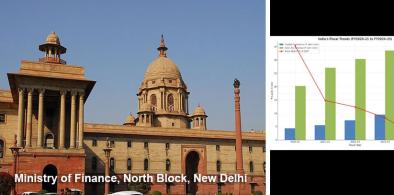

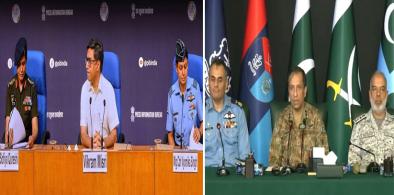
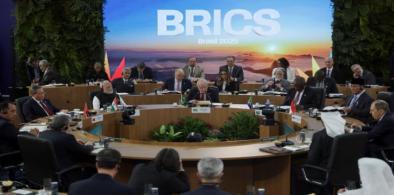
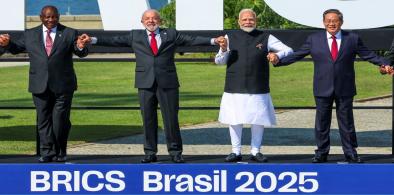


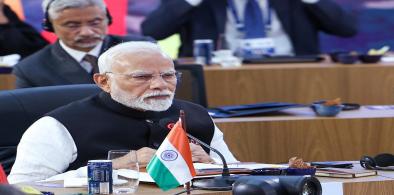








Post a Comment